Cherimoya Brûlée
Recently at the local farmers market, a woman walked up and started asking about an exotic fruit called cherimoya. I shared that while it was very expensive (a medium-large one cost almost $8) I thought that it was ultimately worth the price. At about the same cost per pound as a top sirloin steak, it is probably not a fruit you would have on the breakfast table every day – but to add variety, or when guests are in town, cherimoya is a special treat.
This fruit, native to the valleys of Ecuador, Columbia, and Peru, has a mysterious flavor and unique texture. The juicy white sweet flesh tastes a bit like pineapple, though not as tart, with a hint of banana, and maybe papaya. The aroma is heady and tropical. The texture is even more intriguing, less like fruit and more like custard. As I was explaining the cherimoya to her, a pineapple banana crème brûlée came to mind. And that is how this Cherimoya Brûlée was born…
Cherimoya Brûlée Recipe
ripe cherimoya
superfine sugar
Cut a cherimoya in half and scoop out the flesh. Remove the seeds. Chop the flesh to a uniform smooth consistency.
Place cheimoya in small flame-proof glasses. Sprinkle the top with superfine sugar. Using the back of a spoon, spread the sugar in an even layer.
Melt the sugar with a kitchen torch.
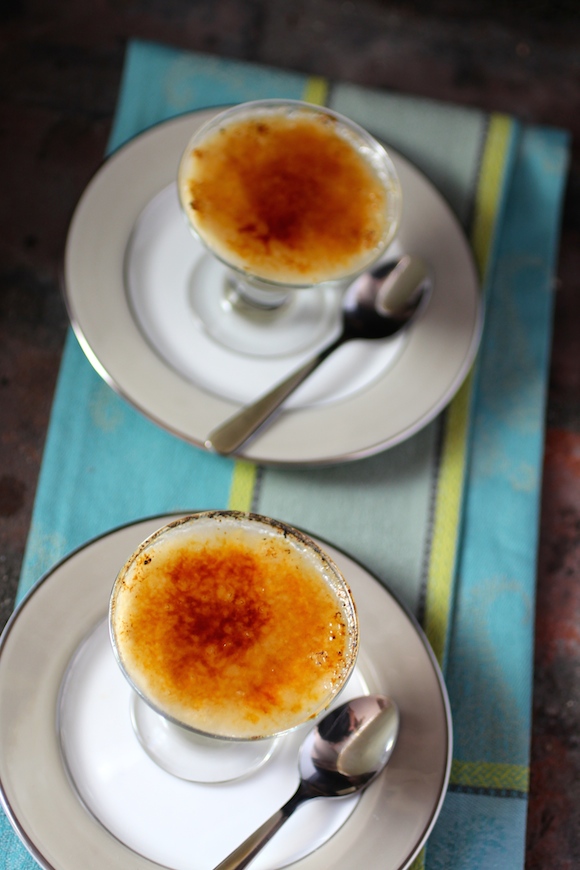
With only two ingredients – fruit & sugar – Cherimoya Brûlée is naturally gluten-free and unlike crème brûlée, it is also dairy-free and vegan.
Titanic Effect
Years ago, as a manager for a restaurant group called Restaurants Unlimited, it was my job to periodically evaluate the foods coming out of the kitchen. To test the correct sugar texture atop our signature Burnt Cream, we looked for what we called the “titanic effect.”
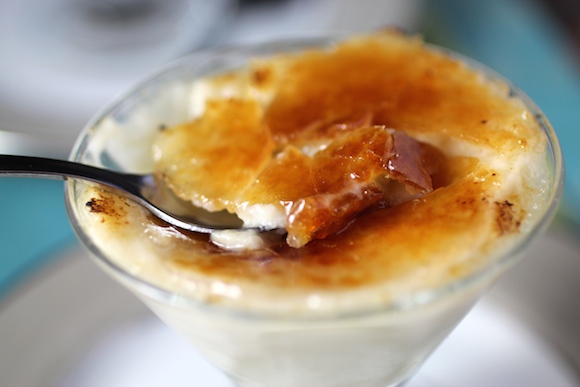
With the back of a spoon, we would tap the center of the Burnt Cream’s caramelized sugar. If it crackled and shattered like an iceberg, it passed the test. The amount of sugar was deemed to be correct – not too thick, not too thin. We would also look to see that the sugar was caramelized to a rich golden color – not black, and with no evidence of un-caramelized raw sugar.
Food Network
featuring
(Packable) Desserts
Cherimoya Brûlée could be considered a “packable” dessert – cover it with plastic wrap and take it to your friend’s party. They will be delighted. Or, take the ultimately packable whole fresh ripe cherimoya to a picnic – slice it open and dig in with a spoon, spitting out the seeds like you would a watermelon. While many varieties of cherimoya ripen October through May, there are late-ripening varietals that are available through July.
Summer Soiree is a season long franchise where Food Network editors team up with bloggers to share recipes about everyone’s favorite summer dishes. Be sure to check out the Pinterest Board with over 170,000 followers called Let’s Pull Up A Chair! And if this Cherimoya Brûlée got you in the mood for all things sweet, you might enjoy taking a peek at other dessert recipes from some fabulous bloggers below…

The Lemon Bowl: 5 Ingredient No-Bake Fig Newton Bites
Dishing: Caramelized Pineapple with Mint
Weelicious: Raspberry Cheesecake Jars
Virtually Homemade: Gluten-Free Double Chocolate Salted Brownies
The Heritage Cook: Anzac Biscotti
Taste With The Eyes: Cherimoya Brulee
Devour: The 5 Best Picnic Sweets
Napa Farmhouse 1885: Flourless Chocolate Cupcakes with Chambord Raspberries
Red or Green: Healthy Ginger-Molasses Cookies
Cooking With Elise: Salted Caramel Brownies
Swing Eats: S’Mores Bars (Gluten-Free)
Domesticate Me: Summer Berry Parfaits with Vanilla Bean Ricotta and Toasted Almonds
Dishin & Dishes: Triple Berry Pretzel Salad Dessert in a Jar
Food For 7 Stages of Life: Oats and Peanut Laddoo (No Bake Energy Bites)
Bacon and Souffle: Mason Jar Overnight Oats
In Jennie’s Kitchen: The Best Chocolate Chip Cookies
FN Dish: Make-and-Take Picnic Desserts



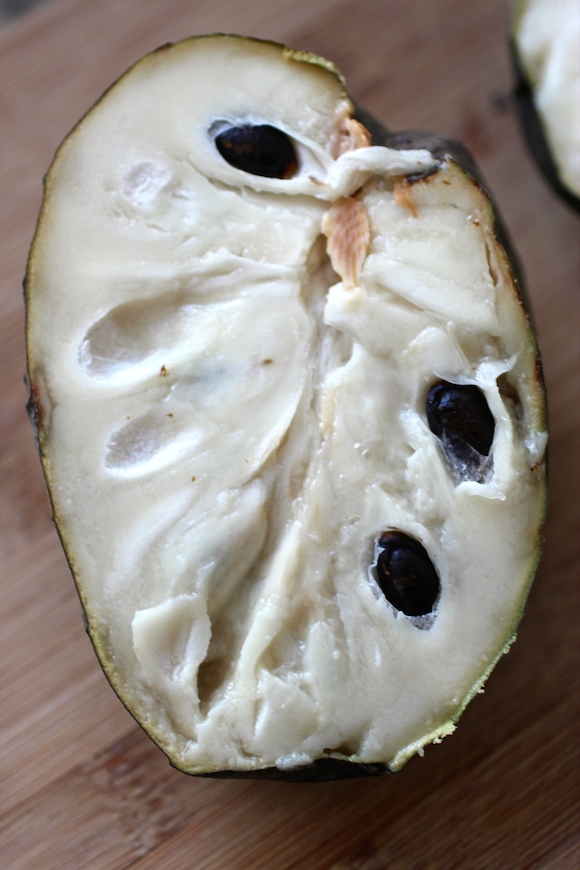

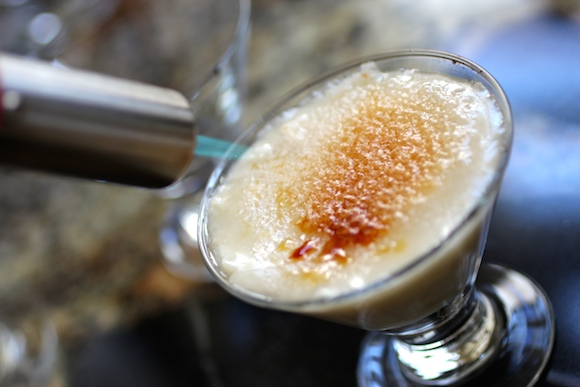
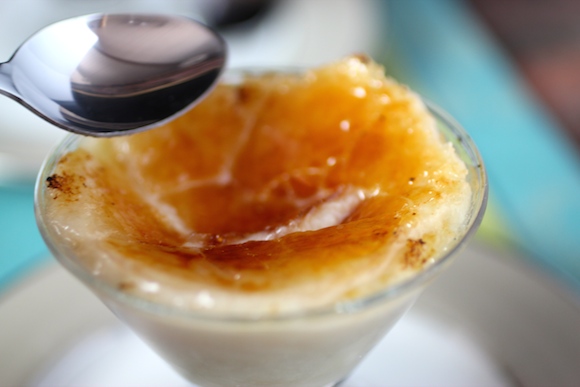
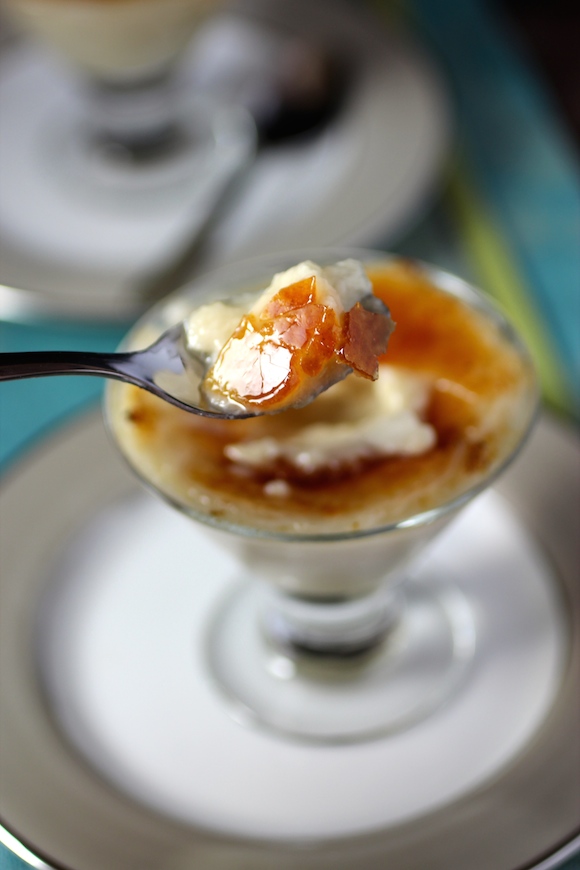

Now this is a great combination. I so enjoy my cherimoyas unfortunately they are expensive. The guanabana (sour sop) is also one of my favorites. This, as all your recipes, are a must try.
Cherimoya is something I wouldn’t find at my markets in rural New Hampshire but your dessert looks beautiful.
Love the thought of this recipe, we would not find this ingredient in Phoenix Arizona or Yachats Oregon, very interesting!
OMG, I was borned in West Africa and this was a fruit that we would eat often and very inexpensive. As a read your description I closed my eyes a traveled 40 years back to my youth! Thank you so much, its unlikely that I will find it in the Eastern Ontario markets:)
Great blog!
Hi Maria – thank you for your comment and kind words. So happy I was able to transport you back in time. I love this fruit and am thinking of planting a tree, it would probably do well here in Southern California.
LL